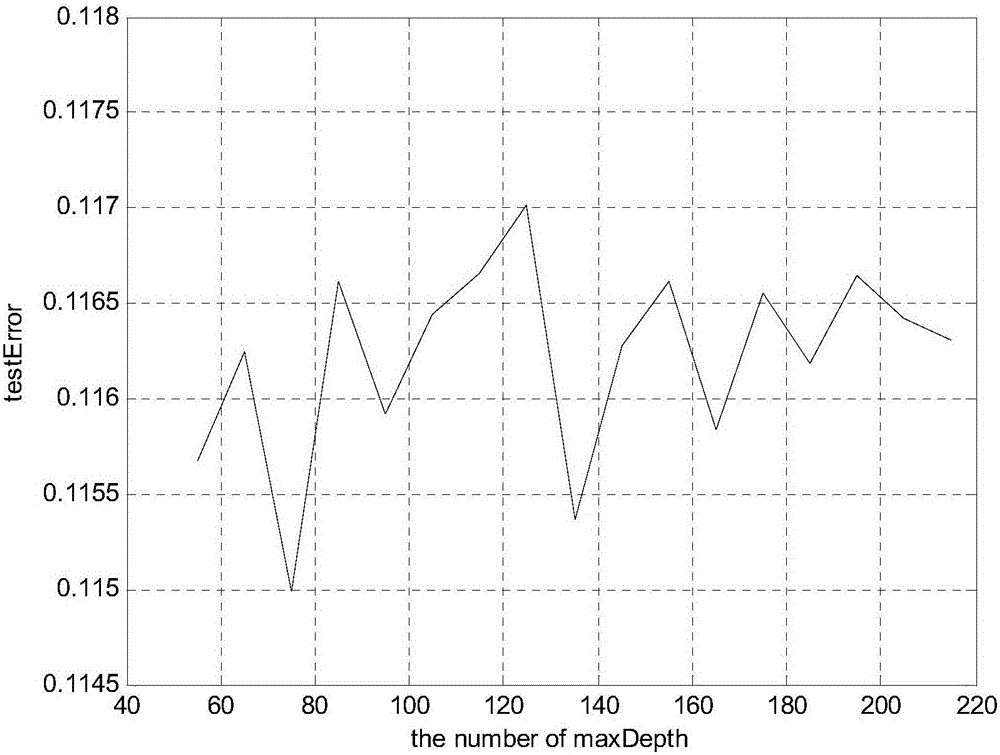Binary image feature similarity discrimination method based on random forest algorithm
A random forest algorithm and binary image technology, applied in computing, computer parts, character and pattern recognition, etc., can solve the problem of no exact matching, achieve the effect of improving retrieval speed, improving average retrieval accuracy, and improving matching speed
- Summary
- Abstract
- Description
- Claims
- Application Information
AI Technical Summary
Problems solved by technology
Method used
Image
Examples
Embodiment Construction
[0028] The present invention will be further described below in conjunction with the accompanying drawings and specific embodiments.
[0029] In the offline indexing stage, the features in the image library are extracted, and the feature library is established; in the online retrieval stage, the features of the query image are extracted, matched with the features in the feature library, and the matched features are input into the random forest discriminant model. Voting mechanism, output retrieval results.
[0030] see figure 1 , the present invention is based on random forest algorithm to distinguish binary image characteristic similar realization method, comprises the following steps:
[0031] 1) In the offline indexing stage, the scale-invariant feature conversion feature of the image is extracted, each dimension of all features is regarded as a vector and clustered with the K-means method to obtain 5 cluster centers, and then the scale-invariant feature conversion feature...
PUM
 Login to View More
Login to View More Abstract
Description
Claims
Application Information
 Login to View More
Login to View More - R&D
- Intellectual Property
- Life Sciences
- Materials
- Tech Scout
- Unparalleled Data Quality
- Higher Quality Content
- 60% Fewer Hallucinations
Browse by: Latest US Patents, China's latest patents, Technical Efficacy Thesaurus, Application Domain, Technology Topic, Popular Technical Reports.
© 2025 PatSnap. All rights reserved.Legal|Privacy policy|Modern Slavery Act Transparency Statement|Sitemap|About US| Contact US: help@patsnap.com



